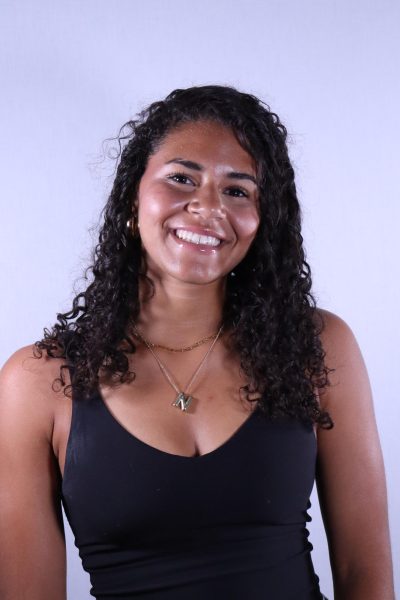2023 seems to be the year for change, especially in JCPS. Over the past couple years, countless ideas have been proposed on how to change the school district. New passwords have been assigned, as well as new bus stops and buses. Compounds were rearranged, and the starting time of many schools have changed from their traditional time that has been in place for over 50 years. JCPS is in its glow-up era, at least that’s what the regional legislators are aiming for.
JCPS Superintendent Marty Polio addressed the current proposition to split up JCPS earlier this year, during the transportation crisis. 12 representatives and senators, all of which from the Louisville area, signed the suggestion to evaluate dividing JCPS. Splitting up the largest district in Kentucky would have countless repercussions for the thousands of JCPS students that do not attend their home schools. This would also alter bus routes further, leading to more of a hassle for bus drivers, students, parents and school staff. Home schools would be altered.
Although splitting up JCPS could have consequences, if properly executed it can be beneficial. In a Louisville Public Media article, Morgan Watkins cites the first sentence of the letter regarding splitting up the district. The letter states, “JCPS failed in its most fundamental obligation, which is to keep our kids safe.” It brings up the semi-current bus issue, in which many students spent hours trying to find a way home. As representatives across the district witnessed the transportation chaos across JCPS, they decided that there has to be a way to fix the issue to make the situation much less complicated as well as easier for staff and students. Change is needed in JCPS, but the proposed solutions would spread resources in the large district thin.
Not only is JCPS the largest district in Kentucky, it is also the 30th largest in the US with over 96,000 students and 167 schools. 60 schools in JCPS either offer magnet programs or are magnet schools.
Back in 2017, KY House Bill (HB) 151, a law passed with a vote of 59-37 back in 2017, had brought up allowing students to enroll into whichever school was closest to their home, meaning that schools that offered magnet programs (Atherton, Ballard, Fern Creek, etc). After HB 151, or the “neighborhood schools” bill was passed, legislators said that it wouldn’t take true effect until 2019. Schools that follow a standard curriculum would all become home schools, and the only exception to that legislation would be traditional or magnet schools.
Magnet schools do not rely on residency nearby to enroll, so they would not be affected. This would diminish the hard work many students have put into attending far-away magnet schools. Splitting up the district would not be beneficial to minority neighborhoods around the city-due to the segregation within Louisville’s communities. Adequate funding would mostly be in the East end where many financially stable communities reside.
Many school officials have argued that this legislation would only lead to further division, including the obvious segregation this would lead to because of Louisville’s past. Louisville has a vast history, especially in education, regarding segregation. 1975 and 1984 were both years for change. In 1975 the National Association for the Advancement of Colored People (NAACP) had won a lawsuit, leading a judge to decide to integrate JCPS schools. Then in 1984 JCPS had instructed that every elementary school was to be 23-43 percent African American, every middle school was to be 22-42 percent, and every high school was to be 16-36 percent. The higher the education, the lower the percentage that schools had to accept, lessening the chance for people of color to advance educationally.
In 1984, the district also inaugurated a satellite and zoning system to assign schools based on where students lived. Then in 1992, JCPS gave parents a choice of where their children could go to school. This altered the number of African American applicants that could be accepted to a school, changing them to 56-50 percent, 16-46 percent and 12-42 percent respectively. This did in fact increase the maximum number of African Americans that can be admitted into a school, however it drastically lowered the minimum. As a result, many minorities became clustered together in neighborhood schools. Previously schools that were considered “better schools” would accept the minimum number of people of color to be accepted into their schools, rendering smaller or ‘worse’ schools that needed more students to continue running to accept more people of color. This legislation would only add onto the preexisting divisions in Jefferson County.
It is imperative that government officials recognise the consequences this would have upon the JCPS community. Although JCPS needs change, rushed solutions will not provide the outcome that the district and the state want. Implementing the legislation above will have devastating effects for the diversity of the Louisville community. It is the duty of the commonwealth to ensure not only that a solution is provided, but that any drastic plans will minimize harm to the students and families of the state.










